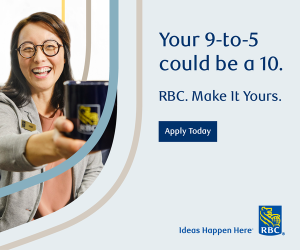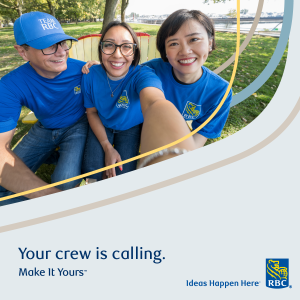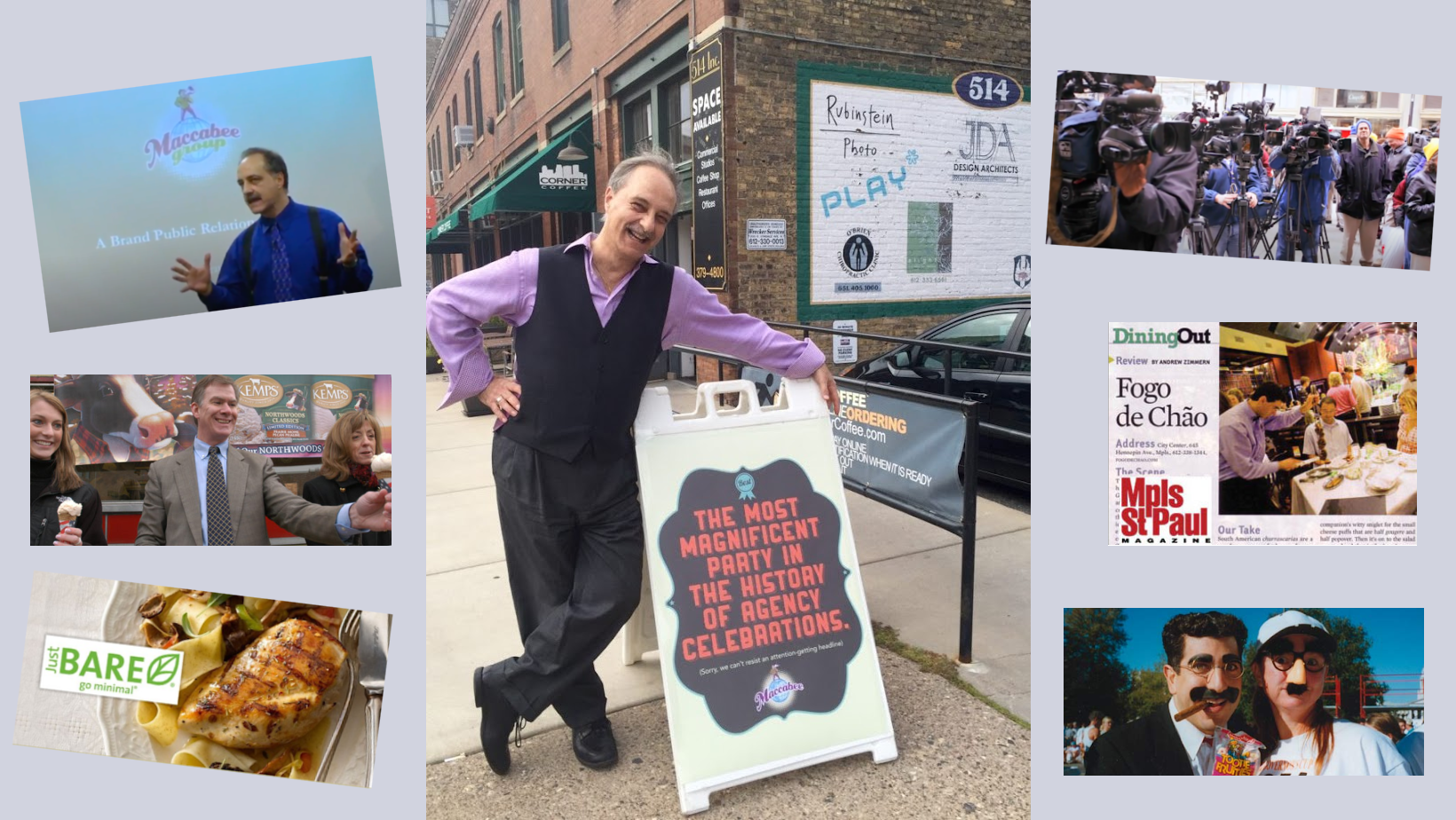Secrets of Building An Irresistible Employer Brand: The Nicole Garrison Interview

How can you build a powerhouse employer brand that transforms your company into an irresistible “Best Place To Work” magnet? What steps should you take immediately to entice potential employees and retain your current employees —especially during a time when competitors are wooing them with the bait of ever-soaring benefits and salaries?

Nicole Garrison, Senior Director of Employer Brand and Marketing for RBC
To find out for you, we enjoyed a lively interview with Minnesota-based Nicole Garrison, the former Vice President of Corporate Public Relations for U.S. Bancorp – and now, the Senior Director of Employer Brand and Marketing for RBC, a global financial institution headquartered in Canada:
Suddenly, it looks like LinkedIn is filled with marketing executives who have “employer branding” added to their titles. How did the concept of Employer Branding accelerate so rapidly?
The whole notion of employer branding is relatively new. Employers used to go to market for talent and for clients essentially the same way. And that was OK then, because it was all about brand recognition. But the pandemic changed all that – employees stayed home for a few years and had time to really think about and re-evaluate what’s really important to them.
So what changed in the minds of candidates and employees?
Many found themselves asking the question, “Do I want to spend that many hours a day at a job I don’t like?” For many, the answer was no. That led to the “Great Resignation” and the “Great Reshuffle” of 2021 and 2022 and reset the talent marketplace. In short, people realized life is precious and their time is valuable. It matters very much to people where and how they choose to invest that time.
What’s the key to a great employer brand?
It’s not enough to pay employees well anymore. Yes, pay and other compensation, health and dental insurance, bonuses, and retirement plans matter. But those have become table stakes. More than anything, today’s generation of employees want to know what your company can do to support their goals and how your values to align with theirs. So you have to create a brand that speaks to those values in a way that’s authentic and true to your organization.
Why can’t a company leverage the same brand for potential employees that it creates for external audiences such as customers?
Well, any organization’s value proposition should be different for consumers vs. employees! The relationship your company builds with its employees as a unique stakeholder group is not the same as what you build with people who buy your product or service. Consumers give you their money. Employees give you their passion, their skills and their time. That’s what you have to earn.
How does an employer brand campaign have to acknowledge the newest generations?
Great question. In Canada, RBC is a brand as recognizable as Starbucks. And that’s really important and helpful. But size isn’t what a lot of people – younger workers in particular – care about. Millennials – who are now the largest generation group in the US – have a profoundly different view of work than earlier generations. Millennials are used to personalized experiences. They’ve been catered to as consumers. They have grown up watching what they want on YouTube and Netflix and listening to what they want to on Spotify. And with Gen Z in the workforce, new trends will emerge. Staying current should drive a shift in your employer brand.
 Tell us about RBC’s own employer brand campaign: “Make It Yours”
Tell us about RBC’s own employer brand campaign: “Make It Yours”
We launched RBC’s employer brand in January 2023 in Canada with a “hero” video that asked each existing and potential employee, ‘what is your what’? In the same breath, the video showcased how RBC can help you achieve those “whats” — at work and in life. And it wasn’t just a video – we placed posters and wraps about our employer brand in offices and other internal spaces, in social media platforms and on our Intranet. We ran billboards and ads in transit centers and in walkways and tunnels near our offices; we even created TikTok-style videos focused on the more unique benefits our people get here!
OK, say a marketer wants to get started on building an employer brand. Where do they begin?
First, I’d say start by building an employee value proposition. What are the things that your company offers to people who work there consistently and dependably.
In our case, RBC looked at the “Big B” benefits (health and dental), but also at the “little b” benefits. For example, your employee giving and match program, your leadership training programs, your skills and career development programs. It’s all of these things that make up the true employee experience. Interestingly, we had put together an exhaustive inventory of all of RBC’s employer benefits in all of our regions across the globe – it came to 500 line items, right down to the travel and gym membership discounts we offer employees! So how are you as an average employee to understand that many benefits? The ‘What Is Your What’ campaign clarified those benefits, along with our philanthropic impact.
What mistakes do employers make that could weaken their employer brand?
Make sure that the experience you’re marketing is true at each point along a candidate and employee’s journey. It’s important to be honest. If you don’t really value diversity & inclusion, don’t say that you do! I call that a say-do gap. Nothing will turn people off faster than that.
I’d also say a lack of transparency with people can be a brand killer. With many companies, you send them a resume and it drops into a black hole. When you submit an application to RBC through our careers website, we want to make sure you quickly receive information on what you can expect during your application journey. In fact, we’ve recently reworked the letter that confirms your resume was received to explain the next steps in the process. 
And what role does onboarding new employees have in establishing that brand?
Oh, huge. That’s the beauty of creating an employer brand. We recently revamped the onboarding experience at RBC so that it’s Make It Yours-infused, transparent and filled with purpose. A key tenet of our employer branding process is putting individuals at the center. We talk less in our onboarding materials about RBC and more about the new employee themselves and what they might be feeling and thinking.
What’s the role that reviews on Glass Door play in coloring an employment brand?
Of course we follow Glass Door reviews, but we don’t influence them. We want reviews about RBC to remain organic. Generating positive online reviews is all about the actual employee experience. Brand marketers have talked for years about the customer experience, but not as much about the employee experience. How can we make sure that from the moment a potential employee knows about us or gets hired by RBC, through their years of employment with us, we make that the most positive experience possible. That’s how you get great reviews!
What’s the #1 first step readers of this blog post should do to kick-start the strength of their employment brand?
Know your audience! Do deep research on your current employees and on the broader talent marketplace which, holy cow, is shifting quickly. If you don’t already have an opinion survey of your employees, do it. Ask them what it’s like to work at your company. And take their feedback to heart.
Nicole, any final words of advice for employer brand stewards?
When thinking about an employer brand, remember that at least 60 percent of the effort should be on continuously recruiting your own employees.
Coming out of the pandemic, we saw companies playing ‘Benefits Whack-a-Mole,’ offering things like 6-month paid sabbaticals and unlimited vacation days, namely to new joiners or unequally across their existing employee base. Not only did those things make existing employees feel badly, in many instances, they were flash-in-the-pan initiatives and many of them had to be walked back. Instead, focus on what you currently offer, shore up that experience and communicate the heck out of it first internally, and then externally to prospective talent.
To learn more about how the Maccabee agency can support your company’s external and internal communications, visit: https://maccabee.com

